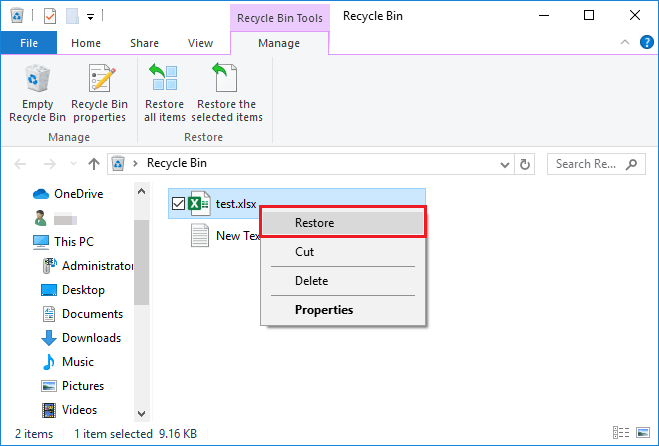Recover Deleted Excel Sheet After Save: Easy Fixes

Microsoft Excel is a staple in the world of business and personal finance, offering robust tools for data analysis, calculation, and record-keeping. However, as with any software, there are times when users may inadvertently delete a worksheet or face data loss due to save issues. This mishap can lead to significant frustration, especially if the lost data is critical or not backed up. In this post, we'll explore various methods to recover deleted Excel sheets or get back to your work without losing data after an accidental save.
Understanding Excel’s Save Mechanisms

Before diving into recovery techniques, it’s helpful to understand how Excel handles saving files:
- Autosave: Excel has an autosave feature that periodically saves your work. This can be a lifesaver if enabled, but remember, it doesn’t help if your sheet was deleted before the next autosave.
- Save As: When you use “Save As,” you’re creating a new file, potentially losing unsaved changes in the original file.
- Last Saved Version: If you have your document set to always save a copy on close, you might be able to revert to the last saved version.
Immediate Actions to Increase Chances of Recovery

If you’ve just noticed the deletion, here are your first steps:
- Don’t save or close: Keep the Excel file open to avoid overwriting the previous version with the current, altered state.
- Check for backups: Look for any recent backups or versions saved by Excel’s autosave feature.
- Undo Action: In some cases, if you’ve just deleted the sheet, simply using “Undo” (Ctrl + Z on Windows or Command + Z on Mac) might restore it.
How to Recover Deleted Excel Sheets

If immediate recovery isn’t possible, here are methods to retrieve your lost data:
Use Excel’s Document Recovery Feature

Excel has a built-in feature to recover unsaved documents:
- Navigate to the “File” menu and click on “Info.”
- Look for the “Manage Workbook” option.
- Click on “Recover Unsaved Workbooks.” This will open a new window where you can find your workbook from the “UnsavedFiles” folder.
💡 Note: This feature relies on Excel’s Autosave settings being enabled, so make sure they are turned on for future security.
Restore from a Backup File

Microsoft Excel often creates temporary backup files:
- Use the File Explorer to search for files with the extension “.xlsx” or “.xlsm” in your temporary files location.
- Typically, this is at C:\Users[Username]\AppData\Local\Microsoft\Office\UnsavedFiles.
- If you find a recent copy, open it with Excel, and if it contains your lost data, save it as a new workbook.
Use File History or Previous Versions

Windows users can use File History or the Previous Versions feature:
- Right-click on the original file, then select “Properties.”
- Go to the “Previous Versions” tab, and you’ll see a list of versions if any have been automatically saved.
- Select the version you need and choose “Open” or “Restore.”
Recover Data from Online Versions

If you’re using OneDrive or other cloud storage, follow these steps:
- Access OneDrive online, go to your Excel files.
- Click on the file that was affected.
- Look for “Version History” or “Manage Versions” to retrieve an earlier version of the file.
Recapitulation

Recovering a deleted Excel sheet after save might seem daunting, but with the right knowledge and prompt action, you can often restore your work with minimal data loss. Here are the key strategies:
- Use Excel’s Autosave and the unsaved document recovery feature.
- Search for and restore from backup files.
- Utilize Windows’ File History or Previous Versions.
- Check cloud storage for version history.
In all cases, remember that the quicker you act, the better your chances of recovery. Regular backups, both local and cloud-based, are your best defense against data loss.
Can I recover an Excel file if I accidentally overwrite the current version?

+
If you have File History or use OneDrive, you can retrieve an earlier version of the file before the overwrite occurred. If these options are not available, recovery might depend on any temporary files Excel created during your work session.
What can I do if Excel autosave wasn’t enabled?

+
Without autosave, your options are limited to any existing backups or previous versions, which might not be available if you haven’t manually backed up your work. Thus, it’s highly recommended to always enable Autosave.
How do I prevent data loss in Excel?

+
Enable autosave, regularly save your work manually, utilize OneDrive or other cloud storage with version history, and maintain both local and off-site backups. Also, familiarize yourself with Excel’s undo functions and keep backups of critical files.
Can I recover data from a corrupt Excel file?

+
Yes, there are specialized tools and methods designed to recover data from corrupted Excel files. These tools can often repair the file structure and recover most, if not all, of your data.



